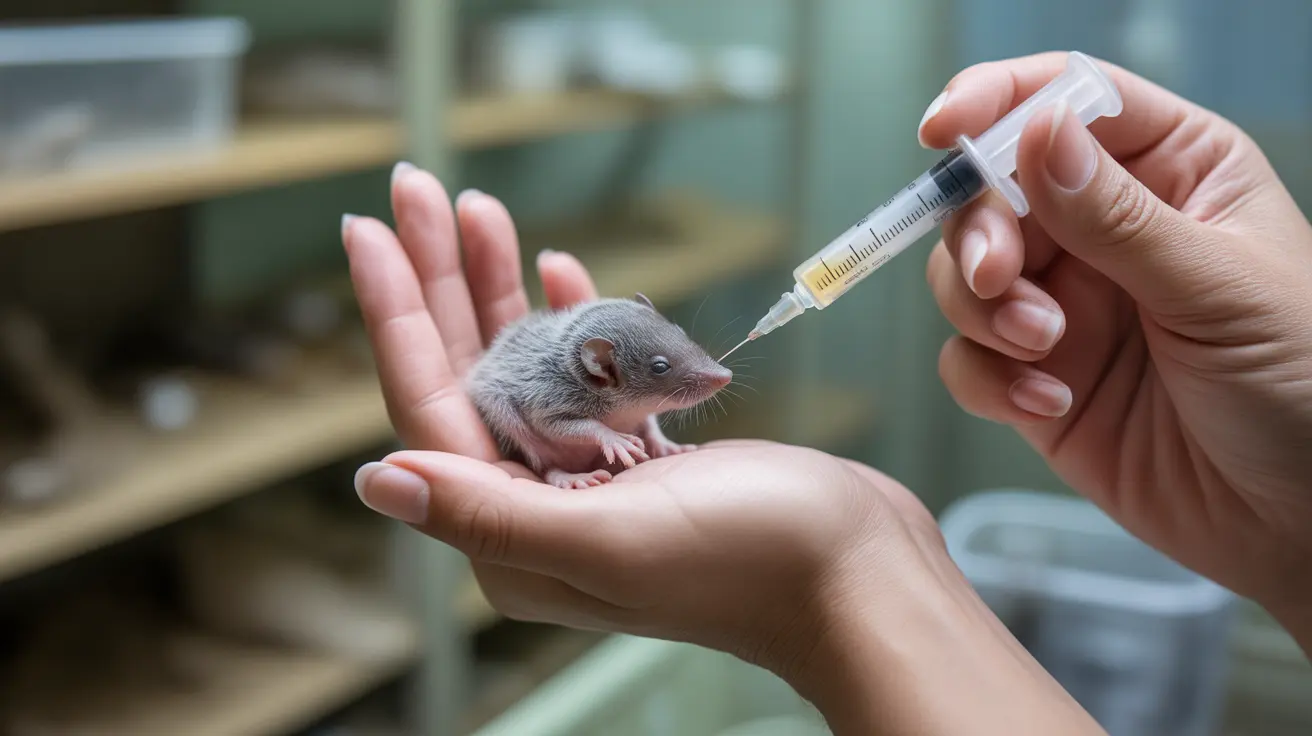Understanding Arthritis: The Silent Threat to Cats
Cats are masters at hiding pain, which is why conditions like arthritis can go unnoticed for a long time. Often dubbed the
silent killer, arthritis in cats gradually diminishes their quality of life, affecting mobility, energy levels, and even behavior. Recognizing and addressing arthritis early with supportive measures such as
orthopedic cat beds can significantly improve your feline friend’s comfort and well-being.
What Is Arthritis in Cats?
Arthritis, or osteoarthritis, is an inflammation of joints that causes
pain, stiffness, and decreased mobility. While it's commonly associated with aging, it can affect cats of various ages. The challenge lies in their tendency to mask discomfort, making early detection difficult.
Signs of Arthritis: What to Look For
- Difficulty getting up or down
- Stiffness after rest
- Reluctance to jump or climb
- Changes in grooming or appearance
- Sleeping in unusual places
- Irritability or reduced activity
Why Is Arthritis Referred to as the 'Silent Killer'?
Cats are instinctively inclined to hide weaknesses. As a result, they may suffer from joint pain for years before showing clear outward signs. Prolonged joint issues can lead to
muscle loss, weight gain, depression, and other secondary health problems — all of which can severely undermine their health.
The Role of Orthopedic Cat Beds
An effective way to improve your cat’s quality of life is by investing in a
high-quality orthopedic bed. These beds offer:
- Enhanced joint support with high-density foam
- Even weight distribution to relieve pressure points
- Improved sleep in a cozy, secure environment
- Temperature control, especially helpful in colder weather
- Ease of access for cats with limited mobility
Choosing the Right Orthopedic Bed
When picking a bed for your arthritic or aging cat, consider these features:
- Memory or orthopedic foam that doesn't flatten easily
- Non-slip bottom for stability
- Machine-washable covers for hygiene
- Low-profile design for easy entry
- Bolstered edges for neck and head support
Placement and Maintenance
To maximize comfort, place the bed:
- In a quiet, warm, and draft-free area
- Close to where your cat typically naps
- Near windows or heaters for added coziness
Clean the bed regularly and monitor your cat’s usage to ensure it is meeting their needs.
Who Benefits Most?
Orthopedic beds are especially helpful for:
- Senior or geriatric cats
- Overweight cats
- Cats recovering from surgery or injury
- Any cat showing signs of stiffness or discomfort
For Healthy Cats Too
Even young, healthy cats can benefit from orthopedic beds. The structured foam offers superior support and can promote
better posture and deeper sleep, helping to prevent discomfort later in life.
Other Steps to Help Arthritic Cats
In addition to orthopedic support, consider:
- Regular vet check-ups
- Joint supplements or prescribed meds
- Maintaining a healthy weight
- Providing easy-access resources (litter boxes, food, etc.)
Natural and Safe Choices
Use beds made from
organic, non-toxic materials, especially if your cat has allergies or skin sensitivities. Avoid chemical treatments and choose natural fibers to ensure a healthy sleep environment.
Conclusion
Arthritis may be a silent ailment, but its impact on your cat's life is profound. By recognizing the signs and offering proper orthopedic support, you can enhance their comfort, reduce pain, and support a healthier, happier life. Investing in a quality orthopedic cat bed is a proactive step toward combating one of the most underdiagnosed but devastating feline health issues.





